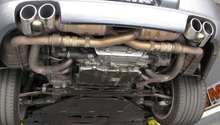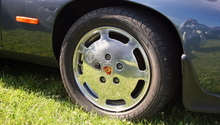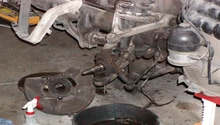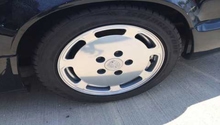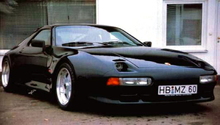Porsche: Why Does My Car Pull in One Direction?
If your Porsche is pulling in one direction, there might be a problem with its tire pressure, alignment, suspension, or the brake system. Here's how you can properly diagnose the issue.
This article applies to the Porsche 928, Porsche 993, and Porsche 997 (1979-2012).
The Porsche should drive straight even if you don't hold the steering wheel. If the car pulls in one direction or another, this could mean the tire pressure is low on one of the sides, the alignment is off, or there is a problem with the suspension. Or, if it happens when you're braking, there could be something wrong with your braking system. Whatever the problem may be, you should always diagnose it and fix it as soon as you safely can.
Step 1 – Check tire pressure
There’s a chance the tire pressure monitoring system in your Porsche is malfunctioning and one of your tires might be leaking air. As a point of reference, the car’s tires should be 36 PSI in both the front and rear. You can use a manual or digital gauge to check the pressure status of your tires to ensure they’re all up to level. If one of your tires is low on pressure, check to see if there is any sign of obvious physical damage. If so, you may want to replace the tire. If it’s relatively minor, bring the car to a tire replacement shop to have them patch/plug it. If there’s no sign of physical damage but pressure is low, fill up the tire and monitor its level over your next few trips.
(Related Article: Porsche: How to Check Your Tire Pressure - Rennlist.com)
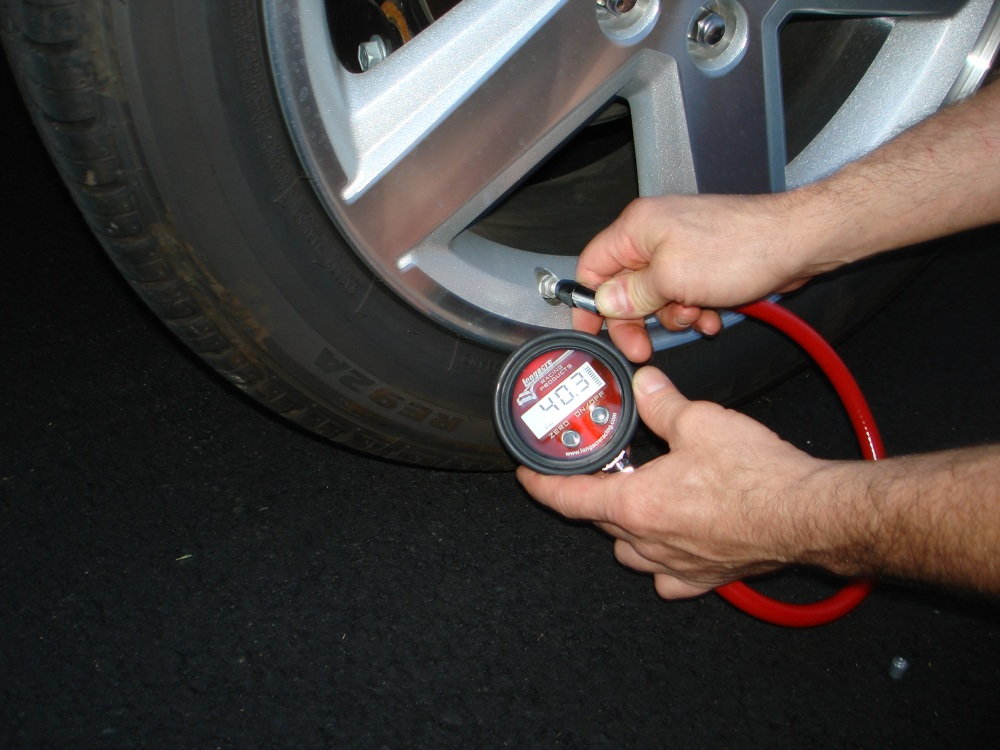
Step 2 – Check for misalignment
You can check for this issue by looking for uneven wear on the tires. If you have the tools and expertise, you can jack your Porsche up on stands and perform a tire rotation and realignment. If, on the other hand, you do not have the tools or are otherwise uncomfortable performing such a task, you’re better off bringing your Porsche to a tire specialist to have the job done.
Related Articles
- Porsche 928: How to Jack Up Your Porsche - Rennlist.com
- Porsche 993: How to Jack Up Your Porsche - Rennlist.com
- Porsche 997: How to Jack Up Your Porsche - Rennlist.com
- Porsche 928: How to Align Your Tires - Rennlist.com
- Porsche 993: How to Align Your Tires - Rennlist.com
- Porsche 997: How to Align Your Tires - Rennlist.com
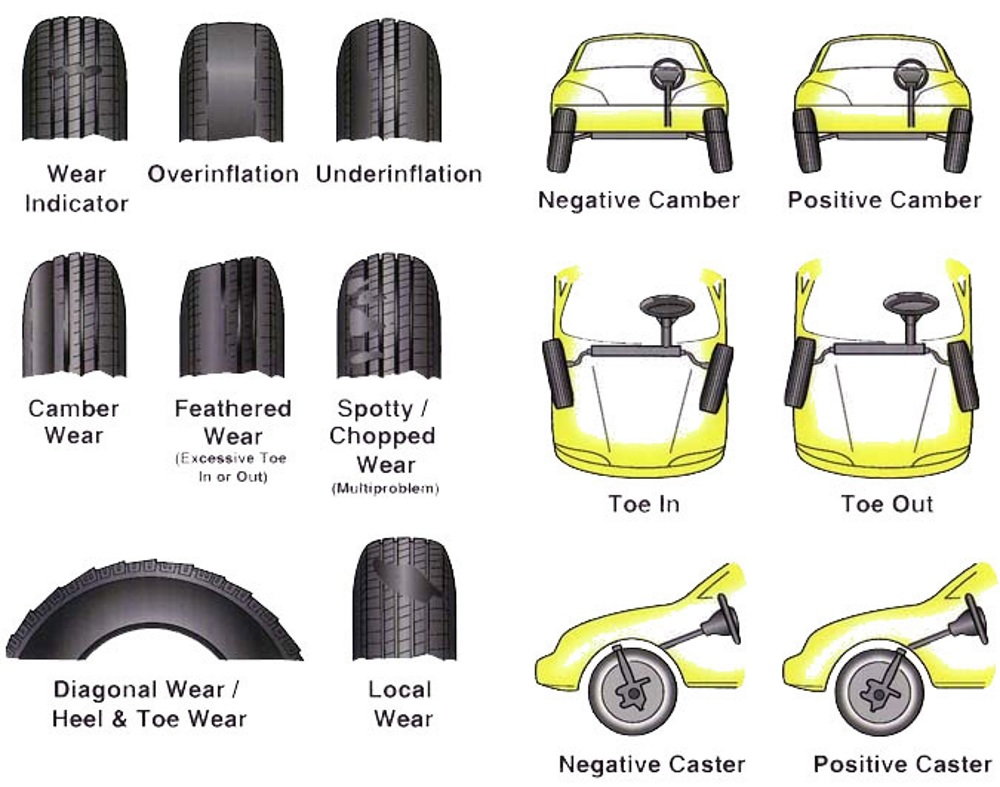
Step 3 – Check for broken parts
There are a range of parts in your car that, if broken, could affect how the car drives. Check your Porsche’s suspension and steering mechanisms; this includes the steering end link and tire rods. You’ll want to look at the tie rod bushings, too. Ensure all these parts are neither bent nor broken. Check your car’s control arm: again, you’re looking to see if it’s bent or broken. Lastly, look at the Porsche’s strut, strut mounts, and the suspension as a whole—notice anything that’s loose or ill-placed?
If you notice any of these issues, they require a certain level of expertise to fix/replace. In all likelihood, you’ll want to bring your car to a Porsche specialist/auto body shop.
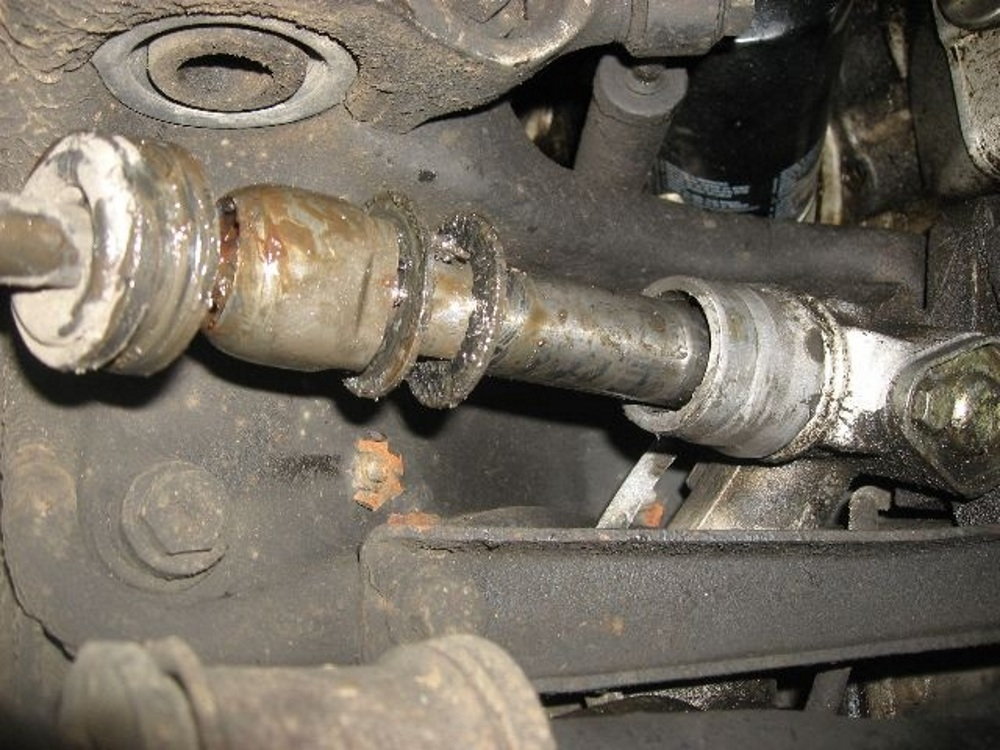
Step 4 – Check the brakes
If the brakes on your Porsche are beginning to fail, this issue can pull your car in one direction. Check the brake cylinder and brake caliper sliders to make sure they’re neither stuck nor worn to the point that they’re starting to cause the brakes to stick.
After you’ve finished driving, check the brake disc and brake drum to see if it’s abnormally hot. If it is, this indicates excessive friction on the part, which is causing the steering problem you’re experiencing. Brakes can be a complicated part to fix. If you have neither the tools nor the level of expertise to fix this problem yourself, take your Porsche to a brake specialist or auto body shop to have the issue resolved.
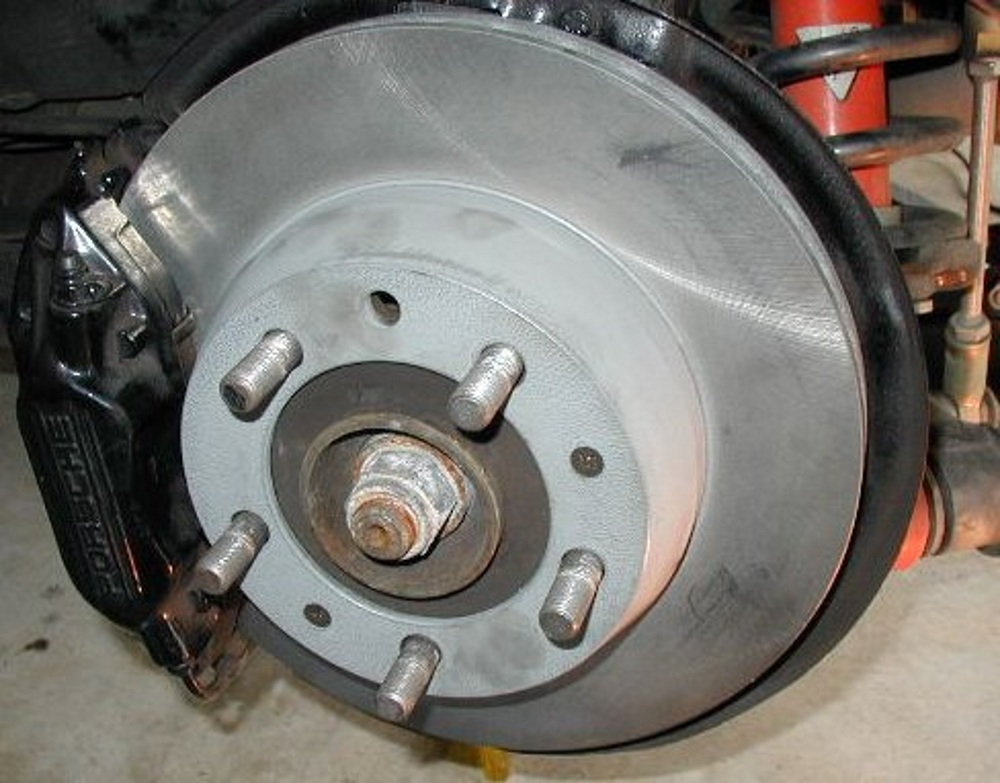
Related Discussions
- Help: Steering Pull Changes Direction - Rennlist.com
- Car Pulls to the Right - Rennlist.com
- Car Pulls Right When I Let Off Gas — Why? - Rennlist.com

